Hammershus Castle Ruins
Northern Europe’s largest castle ruins sit precariously on an island cliffside.
Hammershus stands as one of Denmark’s most renowned landmarks and the top tourist destination on Bornholm Island—for good reason. Positioned majestically atop a cliff-side hill, it offers a splendid vantage point overlooking the Baltic Sea. The fortification, known today as Hammershus Castle Ruins, demonstrates the historical significance of Bornholm, strategically positioned in the middle of the sea.
Constructed during the Middle Ages at the behest of the Archbishop of Lund, its exact time of completion is somewhat uncertain. However, archaeological findings suggest it was built in the 1290s. This period of Danish history witnessed a power struggle between the King of Denmark and the Catholic Church, eventually leading to open, military conflicts in the latter half of the 13th century.
By the mid-13th century, the church had taken control over Bornholm island, which sits in the Baltic Sea between northwestern Poland and southern Sweden. Despite periodic attempts by the king to regain control of Hammershus Castle throughout the 14th century, the fortification was consistently controlled by the church’s forces.
In 1362 after another war, Valdemar Atterdag, then King of Denmark, returned Hammershus to the archbishop with a written agreement allowing the king to reclaim it at his discretion. This provision was exercised 150 years later in 1522 by King Christian II of Denmark.
Hammershus and Bornholm underwent various episodes of foreign control, including the City of Lübeck from 1525 to 1575 (located in northern Germany, Lübeck was then the capital of the Hanseatic League, a merchant and guild-controlled federation of towns surrounding Lübeck), Sweden from 1643 to 1645, and Sweden again briefly in 1658.
However, following a local resistance movement, Bornholm reverted to Danish control, a status maintained except for a few months from 1945 to 1946 when the island was under Soviet control during World War II.
Throughout its history, Hammershus Castle served as a fortification, an administrative center for Bornholm, and even a prison. Hammershus also underwent multiple expansions and renovations through the centuries.
Eventually, in 1743, the castle was abandoned, and the fortress fell into decay, with locals often repurposing its bricks. In response to the Danish nationalistic movement in the early 1800s, Hammershus gained protection from the Danish State in 1822, a status it retains to this day.
Entrance to Hammershus and the adjacent visitor center is free, with Hammershus itself accessible 24/7.
Know Before You Go
Hammershus can be conveniently reached by car or bus. The visitor center, featuring a shop and café, operates daily from 10 a.m. to 3:30 p.m. from Easter to November 12th. During the winter months, it is open exclusively on weekends, but Hammershus itself remains accessible at all times.

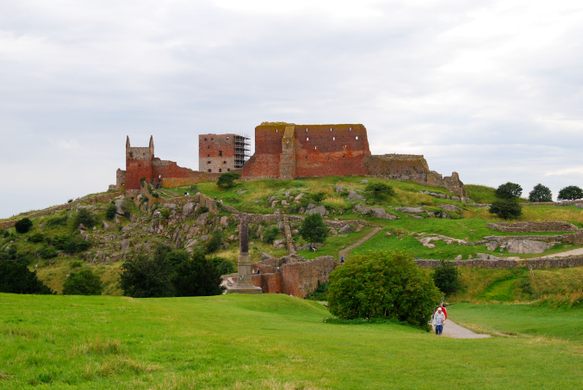


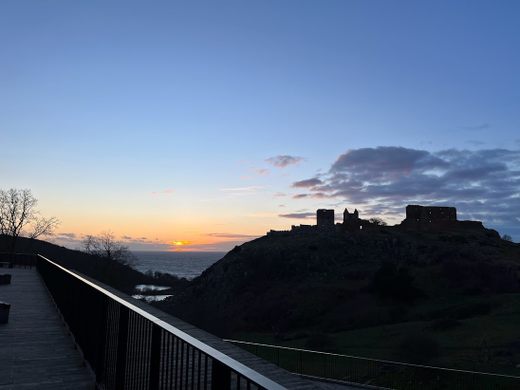


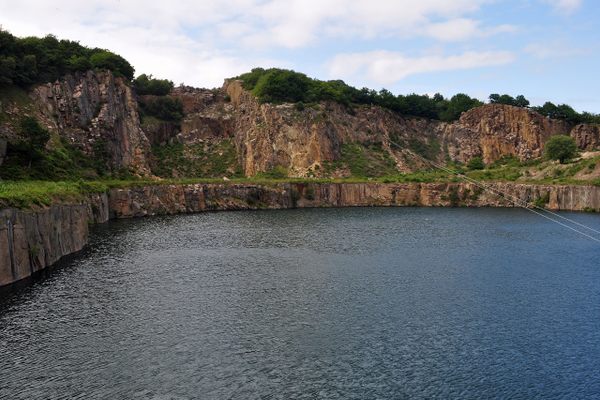
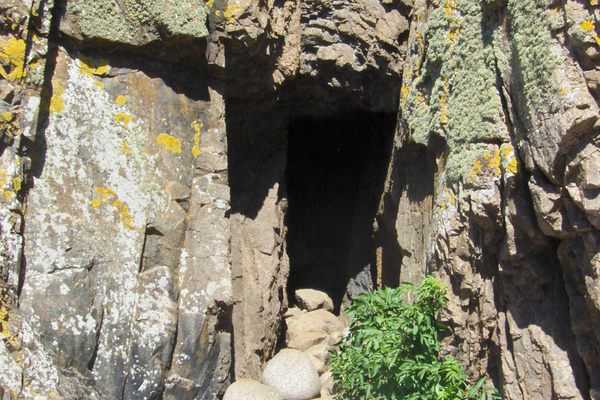


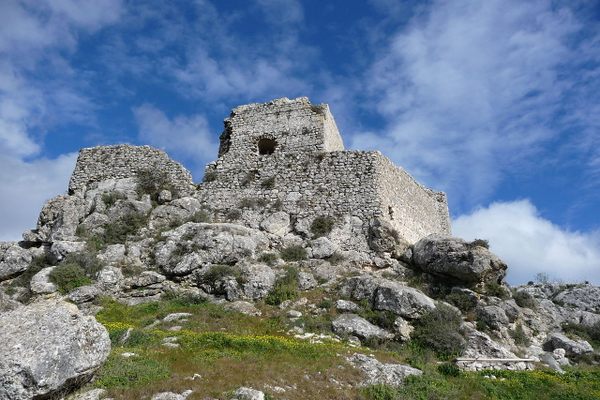
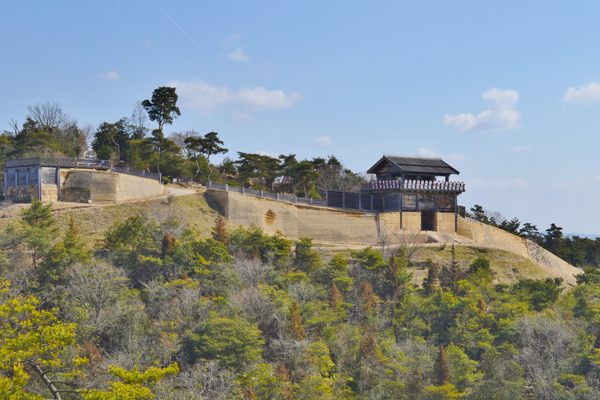
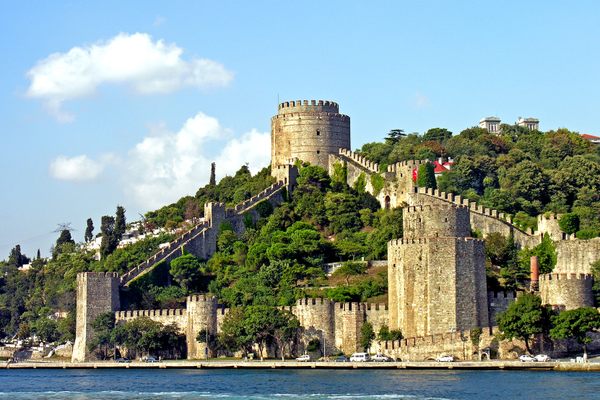
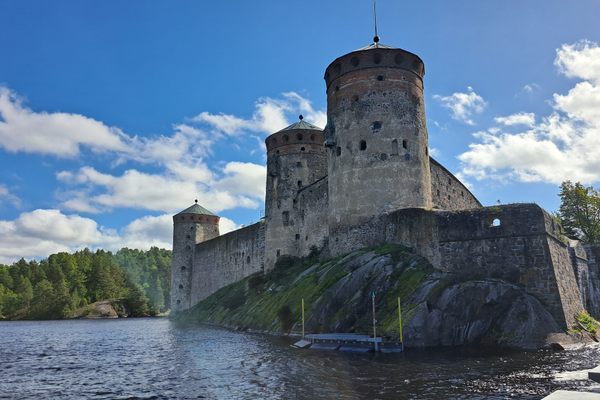

Follow us on Twitter to get the latest on the world's hidden wonders.
Like us on Facebook to get the latest on the world's hidden wonders.
Follow us on Twitter Like us on Facebook